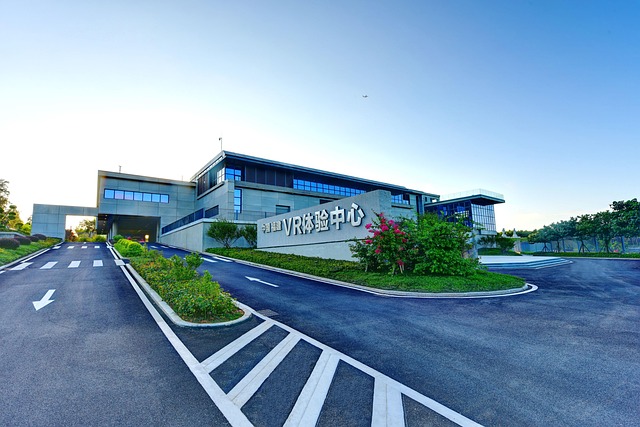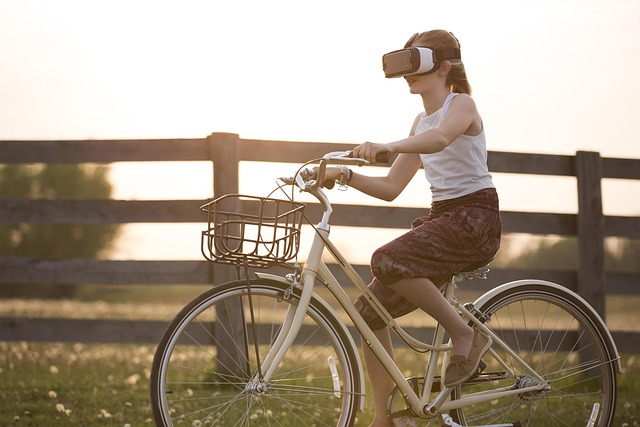In recent years, the landscape of education has witnessed a remarkable transformation, thanks to the advent of immersive technologies such as Virtual Reality (VR), Augmented Reality (AR), and the inception of the metaverse. These innovations are not just changing how we learn; they are creating whole new worlds of knowledge through VR-based trainings.
Imagine stepping into a virtual classroom where you can interact with your surroundings in a way that feels incredibly real. This is the power of VR-based trainings. They offer a unique, engaging experience that traditional education settings often lack. Rather than merely reading about historical events or scientific concepts, students can “live” through them, exploring ancient Rome or conducting a chemistry experiment in a virtual lab. The tactile experience enhances retention and encourages a deeper understanding of the subject matter.
Augmented reality complements this by layering digital information onto the real world, thus enriching the learning experience. Think of AR applications that allow medical students to visualize anatomy overlaid on a real human body or engineering students who can manipulate 3D models of machinery right in front of them. This interactive aspect demystifies complex ideas, making learning more accessible and enjoyable.
As we delve deeper into the metaverse—a collective virtual shared space—you can foresee a future where educational institutions extend beyond physical boundaries. Students from all over the globe can come together in this digital frontier to collaborate on projects, attend lectures from experts, or even participate in simulated experiences that would be impossible in the real world. This connectivity fosters a sense of community and belonging among learners, making education more inclusive and global.
Furthermore, the implications of VR-based trainings extend beyond the classroom. In professional settings, industries are adopting these technologies for employee onboarding and ongoing training. Imagine healthcare professionals practicing surgeries in a risk-free virtual environment or firefighters undergoing simulated crisis scenarios to enhance their decision-making skills. This hands-on approach not only boosts confidence but also ensures that individuals are better prepared for real-world challenges.
However, as educational institutions and organizations adopt VR-based trainings, they must also consider the accessibility of these technologies. Bridging the digital divide is crucial to ensure everyone can benefit from these innovative learning solutions. Education should empower, not exclude, and efforts must be made to provide resources and support for all learners.
The horizon of education is expanding, and immersive technologies are paving the way for a future where learning is more engaging, effective, and inclusive. VR-based trainings are at the forefront of this revolution, redefining not just how we acquire knowledge but also how we connect with each other in this ever-evolving digital age.



